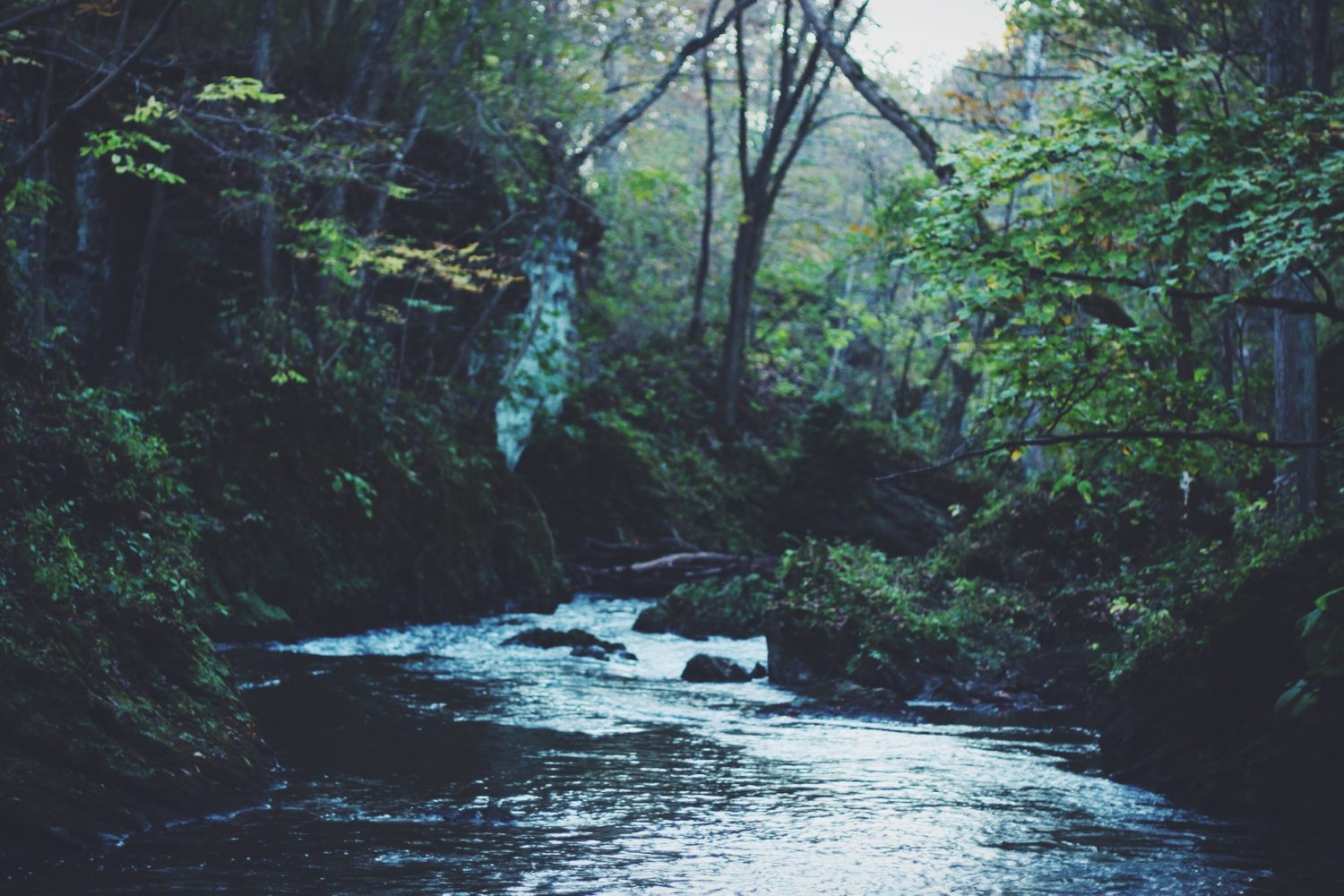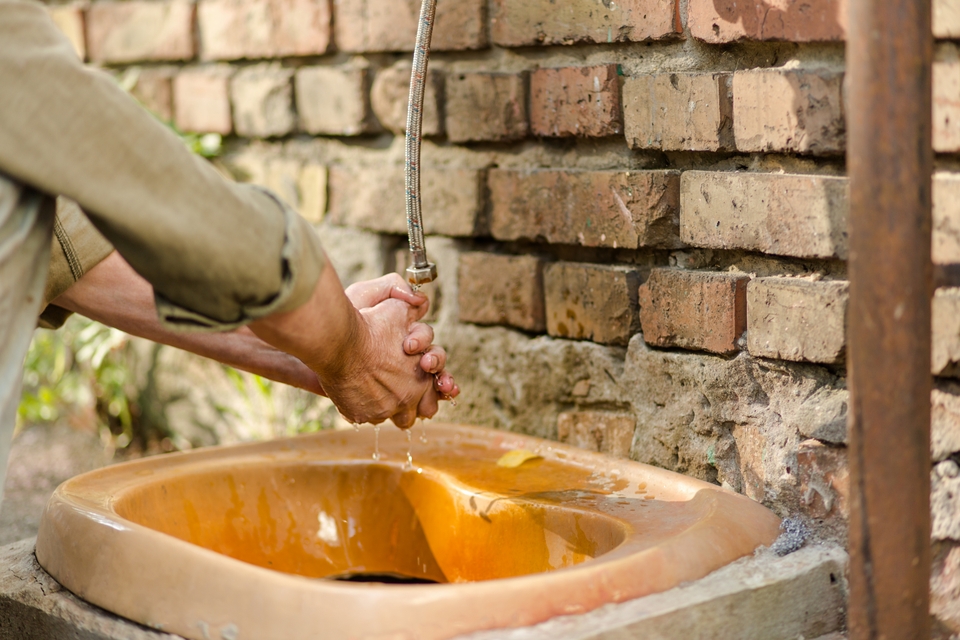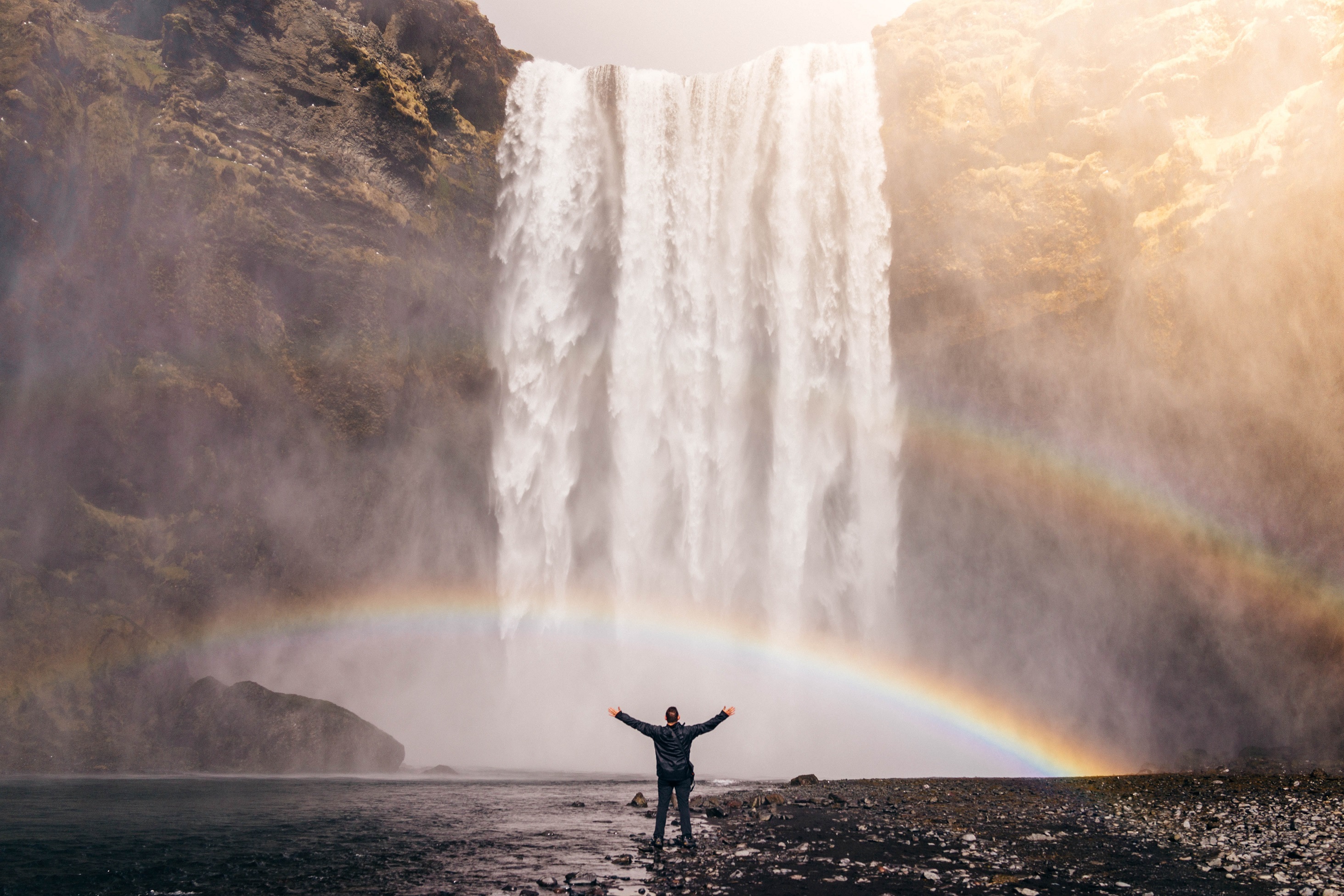
Four Small Home Water Conservation Tips That Have a Big Impact
For decades, water conservationists have recommended dozens of small changes which aim to conserve water usage at home. We’ve all heard some of these tips: shut off the water while you brush your teeth, cut your showers short or turn off the faucet while washing the dishes. Realistically, though, how many gallons of water are saved from these small steps? Are these tiny changes truly effective, or does it only work if tens of millions of people commit to the practice?
Believe it or not, the savings are significant. According to the University of Chicago’s College of Family and Consumer Sciences, 61 percent of indoor household water usage occurs in the bathroom.
Imagine this: 90 glasses of water per day are saved by a single person turning off the tap. That’s a total of 27 billion glasses of water every single day if everyone chipped in. If such a small habitual change make that kind of impact, imagine the kind of effect that larger-scale change can have!
With Earth Day just around the corner, it’s an excellent time to “think beyond the bathroom,” to reevaluate the kind of water conservation practices you’re incorporating at home, and to consider a few more which take only a little bit of time and effort to get off the ground.
New water-saving actions to take today
- Don’t run the washing machine or dishwasher unless they’re full.
Half-loads of laundry and a handful of dishes in the dishwasher waste a significant amount of water. Older washing machines use around 30 gallons of water per load depending on the model, while older dishwasher models go through an average of 10 gallons to get your dishes clean. That water usage adds up, especially if you’re running these appliances while they’re half-empty. - Consider water-conserving appliances when it comes time to upgrade.
Older appliances aren’t subject to the same energy-and-water-saving standards expected of newer models. Newer washing machine models are designed to use up to 50 percent less water, while new dishwashers cut their water usage by a third. Many new models are held to Energy Star certifications, which require a 45 percent reduction in water usage for washing machines and 3.5 gallons or fewer per load of dishes. Look for the Energy Star certification symbol if you’re in the market to replace an aging or worn out washing machine or dishwasher. Not only do newer appliances use less water, they’re not as prone to leaks as an aging or worn-out one, which leads us to our next water-saving change… - Check your pipes for leaks.
Not only do leaks damage your home, but they’re a sneaky source of wasted water.According to the U.S. Environmental Protection Agency (EPA), 1 in 10 American homes have household leaks which waste 90 gallons of water per day. This adds up to 1 trillion gallons of wasted water per year — enough water for 11 million households. Leaks are such a pervasive problem that the EPA created an awareness program just to educate property owners on how to identify and fix leaks that may have otherwise gone unnoticed. “Fix A Leak Week” is now in its 10th year.
The EPA recommends a quick examination of your faucets and toilets, the two biggest sources of bathroom leaks, as well as a close examination of your water bill.
- Water your lawn in a smart manner.
According to Consumer Reports, 29 percent of household water usage is attributed to lawns and landscaping. That’s the single most water-intensive process on your property, indoors or out. In places like California which have struggled with water, tough new regulations crack down on lawn watering, often seen as an unnecessary waste of water during dry spells and droughts.There are a few factors to blame here. First is the sheer amount of water required: .62 gallons per square foot, which means that a homeowner could easily use 620 gallons on a 1,000-square-foot lawn. Second is application and execution: many lawns are not landscaped for effective water usage, nor are all sprinklers placed in a way which maximizes efficiency.
Thinking globally about water use
Here in the United States, we have not experienced water shortages like there have been in other parts of the world. In these places around the world, like in the Middle East, cutting showers short isn’t enough. These areas simply need more sources of water to help supplement the demand for average daily water use.
Getting these “new sources” is not as simple as Moses hitting the rock in the Sinai desert. Moses had Divine intervention on his side – we have advanced technology, brilliant minds and the will to make it happen, too!
That’s why Islands of Peace, through a partnership with EcoloBlue, launched the Water from the Air project, an initiative which utilizes Atmospheric Water Generation (AWG) to generate clean, drinking water for communities and institutions in Israel that need water. The project also includes the world’s first AWG-generated water bottling plant, creating good, sustainable jobs in the process. Using biodegradable plastic bottles, the plant will be the first in the world to package and distribute AWG-generated water, providing life-changing and life-saving water to many in the Middle East.



